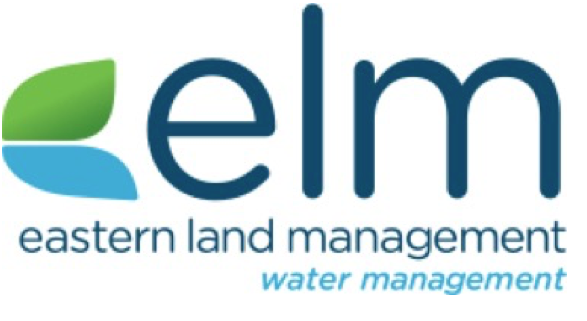With the onset of spring and reports of lower than normal area reservoir levels, ELM is rolling out its six-point action plan to help customers conserve water and improve irrigation efficiency.
1) Make sure irrigation is part of your operation’s financial dashboard system. Include water management as a metric for efficiency; measure and track performance.
2) Install weather-based sensors and smart controllers to manage water distribution, gauge irrigation requirements, and save cost. Update and repair out-of-date components which could lead to leaks, malfunctions, and wasted water. Invest in new technology and cloud-based digital systems that can save time, improve usage, and save money.
3) Use strategic mulching, mowing and fertilizing, which all greatly impact the health of the landscape, as well as the landscape’s ability to survive reduced irrigation.
4) Conduct a water audit and irrigation assessment to determine a prudent water plan for your property. The larger a property the more complex the microclimate and ecology, with sun, wind and shade impacting hydration requirements. Develop a water budget in context with local mandates, which determine a certain number of inches per year, gallons per square foot or percentage reduction of water use.
5) Use proper irrigation methods to improve system efficiencies. Install pressure-regulating devices, which apply water directly to plants, and high-efficiency nozzles or other devices such as drip system alternatives as conservation measures.
6) Maximize the use of native plant material and low-water use plants and trees. New England native plants provide good wildlife habitat and forage, and invite pollinators, such as migrating hummingbirds, bees, and beneficial insects, which benefit and enhance your landscape’s park-like beauty and sustainability, and make your property, and our communities, a better place to live, work and play.
Water conservation is an economically smart property management tactic. Contact Bruce Moore at 203.316.5433 to improve your approach to water management, identify sustainable alternatives to thirsty landscapes, and develop strategies for dealing with water use restrictions.
Follow us on Facebook

